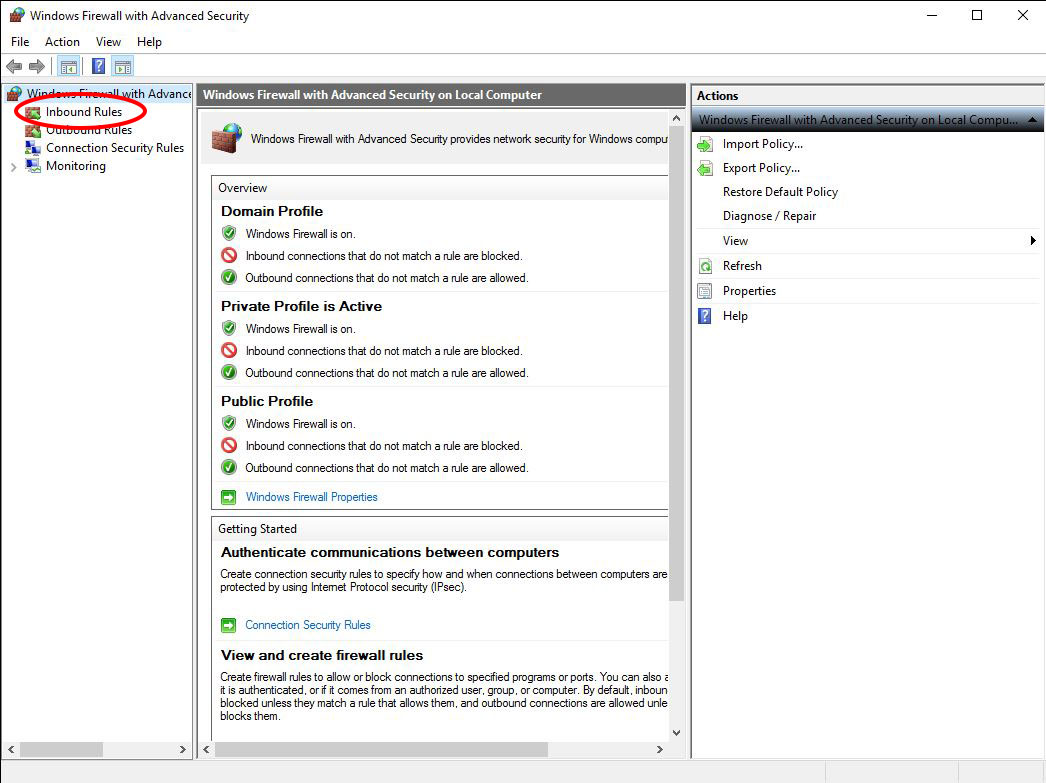
Those are the steps for forwarding ports in your router for OSMC.

#Setting up ftp server in osmc how to
You can choose your router from our list to see exactly how to forward ports for OSMC: You probably will need to reboot your router for the changes to take effect.
Put the TCP and UDP ports for OSMC in the corresponding boxes in your router. Type the IP address of your media server into the correct box in your router. Find the port forwarding section in your router. The normal process for forwarding a port is: Our Network Utilities software allows you to add port forwards and also remove them when you no longer need them to maximize your network security.Īnother option is to go through the process of forwarding ports one step at a time. See here: Setting up your network connection - General - OSMC Any machine can act as a server, including one running OSMC (see OSMC as a server below). You can use our Network Utilities software to automatically forward ports for you. This assumes you have already set up the wired or wireless LAN connections between the server where you store your media and the client (s) where you want to play it. If you do not want to run the software, you can follow our Find Your Router IP Address guide. It's a part of the Network Utilities suite of tools and it's completely free to use. We have free Router Detector software to help you find your router's IP address. The TCP and UDP ports that need to be forwarded. 
Remember to Do These Things Before You Forward a Portīefore forwarding a port make sure that you know these things: A port forward can overcome this limitation. Routers do not generally allow incoming connection requests from the internet. The purpose of forwarding ports is to make a direct connection from the internet to OSMC. When you use OSMC you may need to forward ports in your router.

The following ports need to be forwarded for OSMC: OSMC - Default







 0 kommentar(er)
0 kommentar(er)
